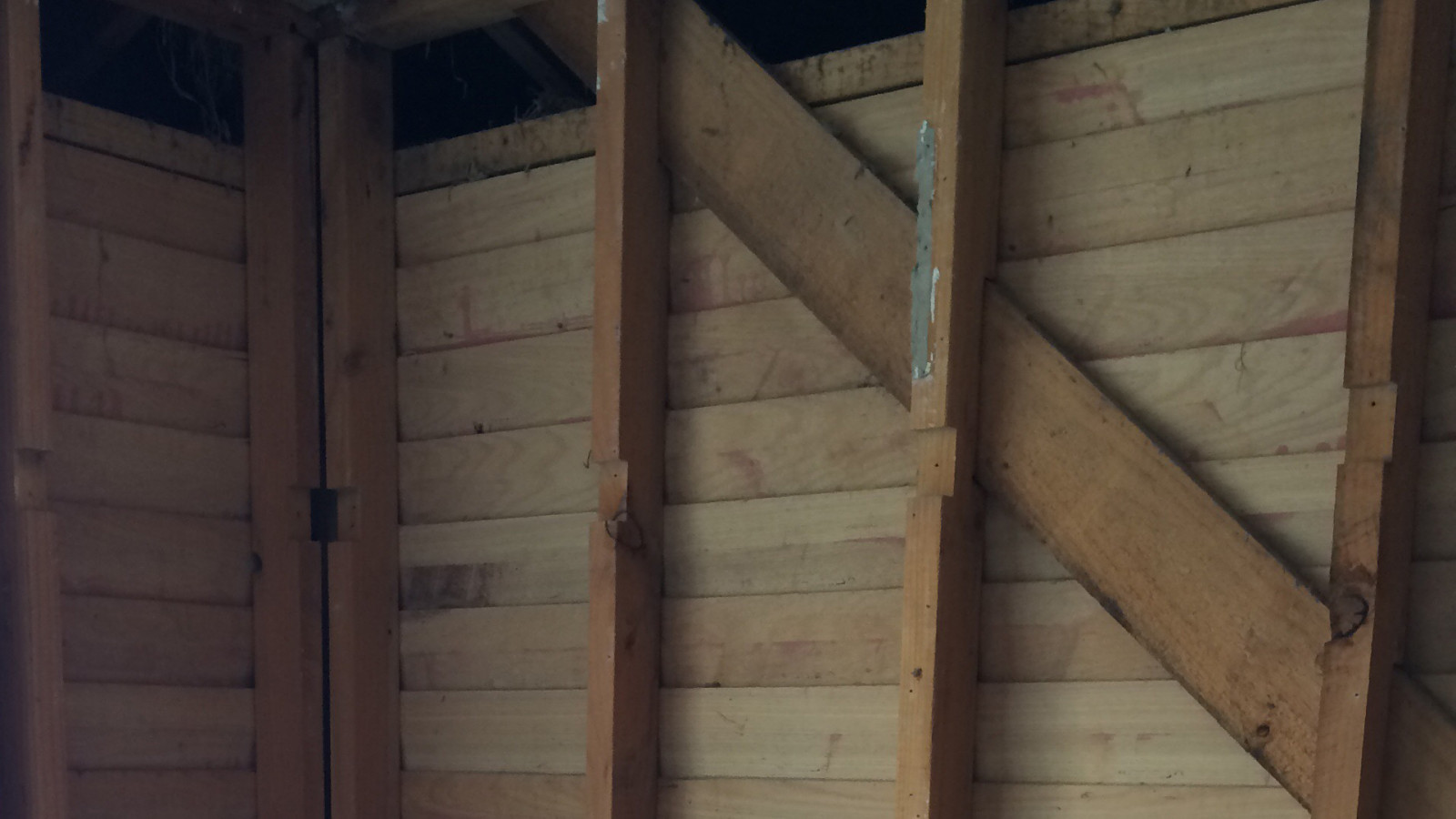Written by Jon Davies
Technical Sales Support and Education Manager, Pro Clima New Zealand
Whether you design for renovation work on a daily basis or you need to renovate your own house, it’s a very rare opportunity to make great improvements to the thermal performance of the building. So what should we do to the walls to safely include insulation without compromising durability?
Insulating existing walls, from the inside
Firstly NZS 4246: 2016 makes some very clear statements about position, support, and wall underlays (or lack of) to ensure insulation does not come into contact with existing cladding. This guidance can be found in 4246, 5.3 onwards (pp 53-61).
Big gap, no gap, or some gap?
Historically the guidance has taken us from ‘a very big gap’ ie. no insulation, through to ‘no gap’ meaning the wall underlay was left in contact with weatherboards (see BUILD 118 June/July 2010), and now, leaving a gap for air drying by creating a pocket of wall underlay between the wall studs.
“One important change relates to fitting insulation from the inside (removing linings) to walls that have no wall underlay. BRANZ research has shown that installing wall underlay hard against an existing cladding can cause moisture transfer and result in moisture accumulation within the insulation. As a result, BRANZ now advises that a 20mm gap must be left between the retrofitted underlay or rigid insulation material and the back of the cladding. This is to allow for some drainage and drying, and prevents direct contact.”(Standards Touchstone 2016)
In a new build, this simply looks like a wall underlay with cladding installed on a cavity, but renovation makes this is slightly trickier, and certainly more time-consuming.
Firstly, what are we trying to accomplish? And secondly, what does it look like?
- Your ventilation should be inside or outside of insulation, not through it, across it or around it (performance degradation).
- You are trying to maintain a gap between cladding and wall underlay, so cladding has two directions to dry (inwards and outwards).
- You are trying to create drying capacity in this gap, so ideally the cavity would be ventilated top and bottom (challenging with direct fix cladding).
What are some options for retrofitting wall underlay from the inside?
Option 1: Creating pockets with stapled wall underlay. This may work but insulation can force the gap closed, remembering that these options are likely to be done in an old 4” wall (100mm). Even so, insulation thickness may need to be reduced.

Option 2: An intermediate (vertical) batten could be used to combat this compression as shown here. Additional product and labour on what is a labour intensive requirement anyway.

Option 3: SOLITEX UM. While only an 8mm gap (created by the scrambled mesh attached to a weathertight underlay), the gap cannot be forced closed by weight of insulation. Ideally it should be taped (like all options) at the bottom plate, or installed so the tail is out as described next.

If renovation is this rare opportunity to genuinely improve the building rather than degrade it with trapped water, then ‘get the tail out’ at the bottom plate. This means feeding the lower section of wall underlay back toward the outside so that running water will not pool on the bottom plate.
Options here: Chiselling out the top corner of the bottom plate to ensure any running water is directed back in the cladding rather than fed onto the bottom plate.
If this means removing and replacing a weatherboard, it’s the right thing.
Renovation of brick cladding (on cavity on timber frame) is comparatively easy using a standard wall underlay. Our recommendation is to pin or tape to the outer top corner of the bottom plate and put the tail out in the cavity as this:
- Provides a drainage path
- Prevents insulation bulge
- Prevents wind movement across or into the insulation
Key points:
- Airflow cavity for drying of external moisture from the back of the cladding and the face of the wall underlay must be maintained — a drained and ventilated cavity (meaning top and bottom of the cavity is open for drying).
- Airflow for drying (removal) of internal moisture should be on the inside by use of specially designed ventilation elements (windows) or mechanical ventilation (balanced pressure).
- ‘Drying’ through the structure is not drying. It is wetting the structure which then must be dried. Risky.
Air moving through the structure is called infiltration and risks interstitial condensation occurring. There are always going to be excuses, eg. things in the way such as diagonal bracing or pipework. The intent here is to provide options for doing the most with what is available, not the least possible.
This brings us full circle back to BRANZ’s research and recommendations to leave weatherboards free from direct contact with wall underlays. This ensures they maintain the same drying they’ve always had. Dry = Durable.
Written by Jon Davies
Technical Sales Support and Education Manager, Pro Clima New Zealand
References and guidance:
- MBIE (Building) Risks with retrofitting wall insulation
- NZS 4246: 2016 Energy Efficiency, Installing bulk insulation
- BRANZ Build 118 June/July 2010
- Standards New Zealand Touchstone. Retrofitting external wall insulation





























 Most Popular
Most Popular Popular Products
Popular Products



